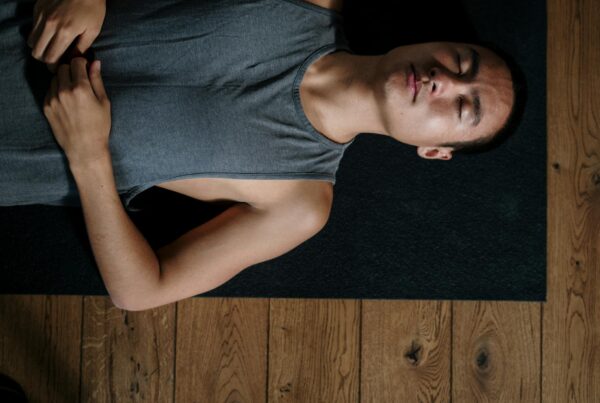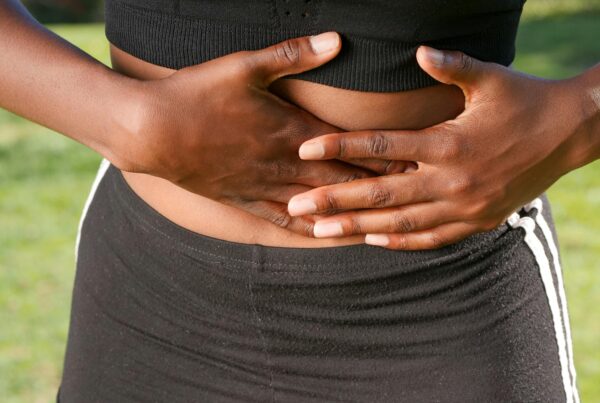Running is one of the easiest, most effective ways to stay healthy, with studies proving that any amount of running can reduce your risk of death. Now, you can’t run without the proper gear and while a good pair of running shoes can help you break a sweat, for people with breasts, the gear also includes a good sports bra. With 1 in 3 women experiencing breast pain while exercising, a new study has found that a good sports bra won’t only ease these aches, but it may also improve their running performance.
How Does A Good Sports Bra Improve My Running?
Dr. Douglas Powell is a Biomechanics and Neuroscience researcher at the Breast Biomechanics Research Center at the University of Memphis.
As part of his ongoing research examining the biomechanics underlying improved running performance, Powell and his team sought to investigate the impact of a good sports bra on running biomechanics. They also wanted to see how addressing activity-induced breast pain can make exercising easier on people with breasts.
For the study, researchers looked at how breast support may impact knee joint stiffness whilst running on a treadmill. Dr. Powell and his team recruited twelve recreational runners, ages 18 to 35, whose cup sizes were either B, C, or D. The participants were then professionally fitted for two different sports bras: one with high support that restricted breast movement and one with less support. Each person was then asked to run on a treadmill three times in three minutes, once with each of the different bras and once bare-chested.
Whilst they ran, Dr. Powell and his team used motion capture cameras and 3D software to calculate both knee joint stiffness and breast movement.
A Good Sports Bra Is A Runner’s Dream
According to the study’s findings, published in Frontiers in Sports and Active Living, a good sports bra won’t only reduce breast pain, but it can also improve your running. The study found that a low-support bra causes 2 percent more knee joint stiffness than being bare-chested. Yet, a high-support bra creates 5 percent more knee joint stiffness than when a runner is bare-chested.
Additionally, the study found that a good sports bra can improve a woman’s running time by removing 4.2 seconds per minute. This information is particularly great for long-distance runners.
“Our findings, in conjunction with previous research studies, show that sports bras should be considered not only as apparel, but also as sports equipment that can both improve performance and reduce the risk of injury, playing a role in women’s health,” said Dr. Douglas Powell, study lead author.
Dr. Powell added that the study showed how poor breast support can cause compensation across the body. These compensations can lead to reduced running performance, increased injury risk, and even the development of chronic pain such as back and chest pain.
Is It All About The Bra?
As great as the information is, the study is too small to be representative of all recreational runners. As such, it’s not clear if all individuals who struggle with activity-induced breast pain may benefit if they wear a more supportive bra.
Yet, that doesn’t mean that a well-fitted sports bra doesn’t have its benefits. Not only can they ease discomfort (both social and physical), but a good sports bra can make exercising easier and even regulate your body’s temperature.
How Can I Find The Right Sports Bra?
If you’ve got your trainers ready, but are looking for a comfortable sports bra, here’s a guide to getting that perfect fit. REI suggests that you first clarify whether you’re going to wear the bra during low, moderate, or high-intensity activities. Regardless of intensity, you’ll want to find a seamless bra with wicking material so you don’t experience discomfort when sweaty.
|
Support |
Activity |
Typical Features |
|
LOW SUPPORT |
Low-impact activities:
Ideal for A/B cups |
|
|
MEDIUM SUPPORT |
Medium-impact activities:
|
|
|
HIGH SUPPORT |
High-impact activities:
Ideal for D cup or larger |
|
It’s important to remember that a sports bra is meant to support your chest, not suppress it. So, if you find that it’s too tight, then it’s too small, and you should opt for another one. Additionally, don’t shy away from moving around when trying on a sports bra – jump up and down and swing your arms. If you experience pain, spillage, or poor support, then try another bra.
Lastly, a sports bra may be the perfect fit, but that doesn’t mean it’ll last forever. If you notice that your breasts are moving more than usual, then you may need to get fitted for another one.
SPORTS BRAS TO TRY OUT
Want to know more?
As mentioned, the right gear can make exercising all that much better, so when it comes to exercise, don’t compromise. Investing in the right exercise shoes can boost your health and longevity.
MAIN IMAGE CREDIT: Photo by bruce mars on Unsplash
References
Pedisic, Z., Shrestha, N., Kovalchik, S., Stamatakis, E., Liangruenrom, N., Grgic, J., Titze, S., Biddle, S. J., Bauman, A. E., & Oja, P. (2020). Is running associated with a lower risk of all-cause, cardiovascular and cancer mortality, and is the more the better? A systematic review and meta-analysis. British journal of sports medicine, 54(15), 898–905. https://doi.org/10.1136/bjsports-2018-100493
Fong, H. B., Nelson, A. K., Storey, J. E., Hinton, J., Puppa, M., McGhee, D., Greenwood, D., & Powell, D. W. (2022). Greater Breast Support Alters Trunk and Knee Joint Biomechanics Commonly Associated With Anterior Cruciate Ligament Injury. Frontiers in sports and active living, 4, 861553. https://doi.org/10.3389/fspor.2022.861553


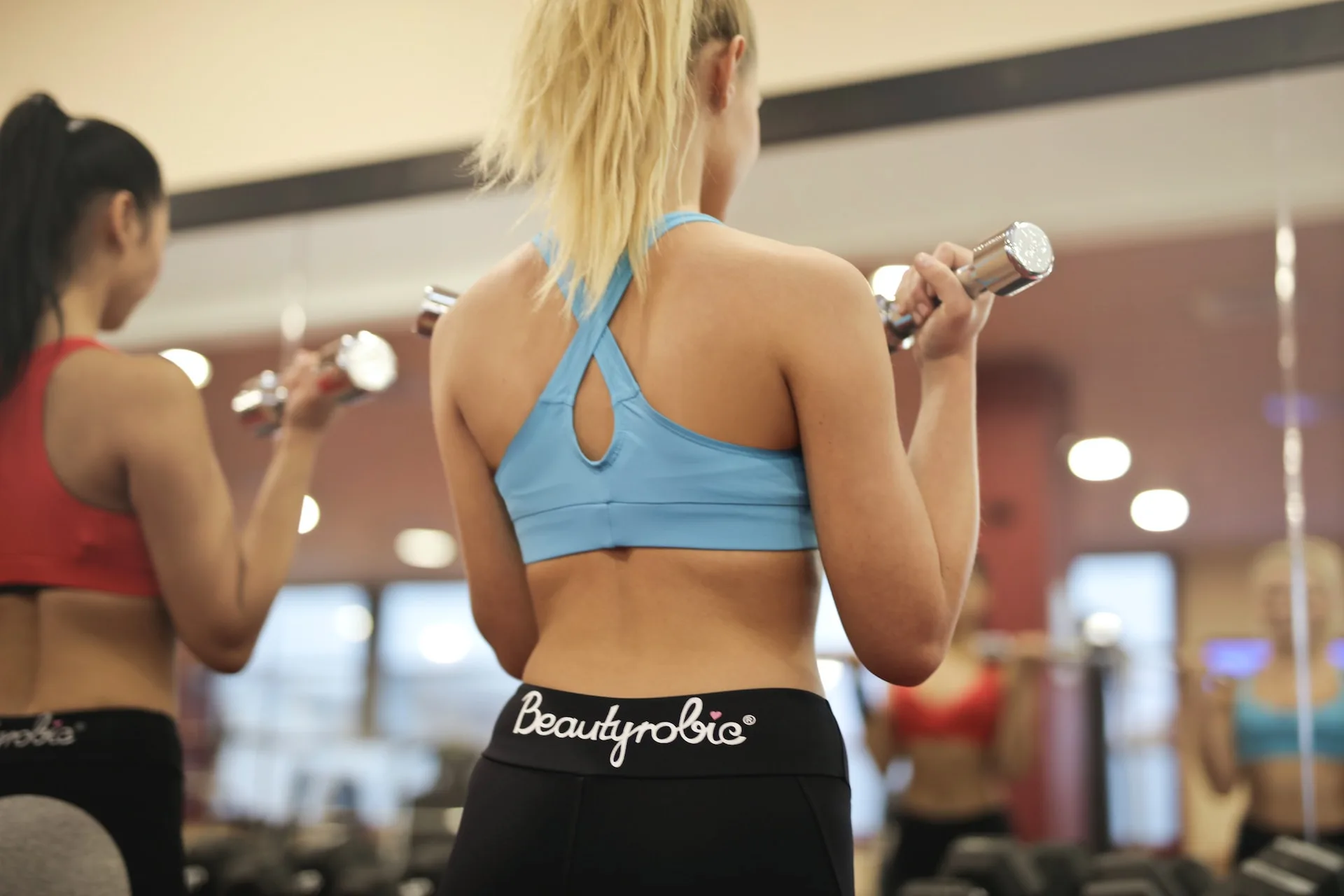
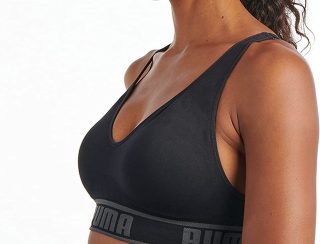
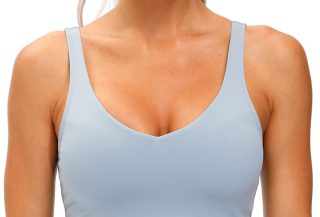
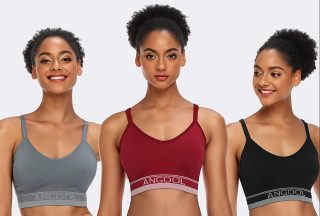
![women [longevity live]](https://longevitylive.com/wp-content/uploads/2020/01/photo-of-women-walking-down-the-street-1116984-100x100.jpg)





